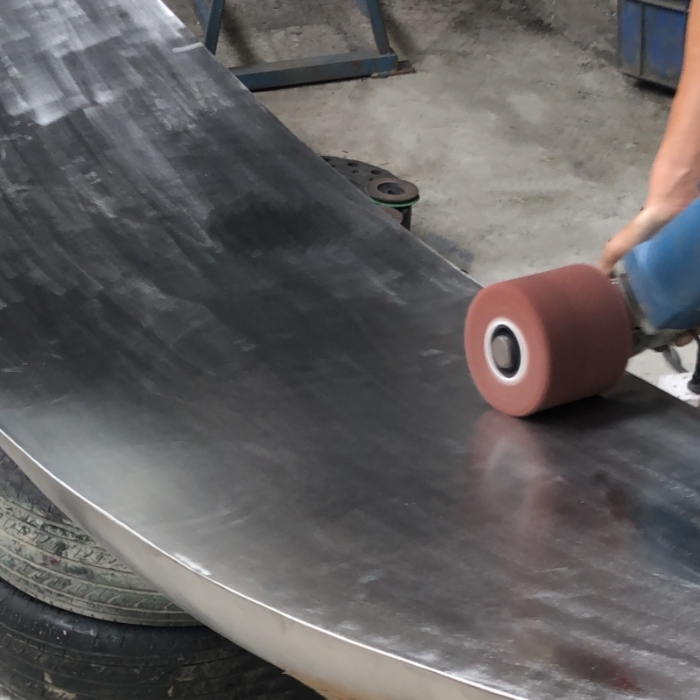Metalworking Service: Metal Brushed Finishing
A Subtle Touch That Makes All the Difference: Brushed Finishes Metal, Explained
You’ve probably seen it before—even if you didn’t realize what it was. A surface that doesn’t glare, doesn’t sparkle, but still somehow stands out. That’s brushed finishes metal.
Unlike polished finishes that reflect everything like a mirror, brushed metal has a soft texture—thin lines running in the same direction, catching light just enough to add depth.
So, how does it get that look?
It’s actually a pretty hands-on process. A metalworker moves an abrasive tool—like a sanding belt—back and forth over the surface, creating those fine strokes. The pressure, direction, and grain style all affect how the final finish looks. Some are straight and minimal, others have a more random or even wave-like texture.
Materials like stainless steel, aluminum, and brass are commonly brushed. You’ll see the finish used everywhere—from kitchen appliances to signage, furniture to elevator panels. And it’s not just for looks—brushing also helps hide fingerprints, reduce glare, and mask small scratches.
What’s great about brushed metal is its balance. It’s stylish but subtle. Modern, but not sterile. A brushed finish won’t shout for attention, but it does quietly adds character.
More Than Just a Pretty Surface
Yes, brushed finishes looks great—but that’s not all it brings to the table.
It’s low-maintenance. It doesn’t glare. It doesn’t show smudges as easily. And let’s be honest: in a world where clean design often equals impractical upkeep, brushed finishes are a relief. It is not as dazzling as the mirror effect, but it is indeed easy to maintain. The mirror surface needs to be maintained very carefully because it is easy to leave fingerprints when touched by hand, but the brushed effect will not. Brushed finishes deliver style without the stress.

